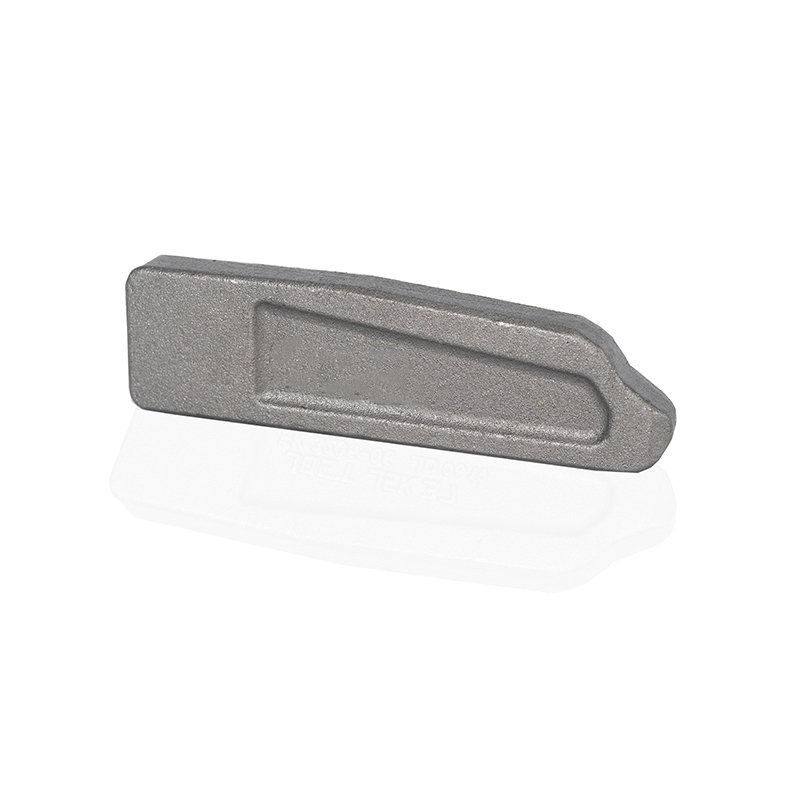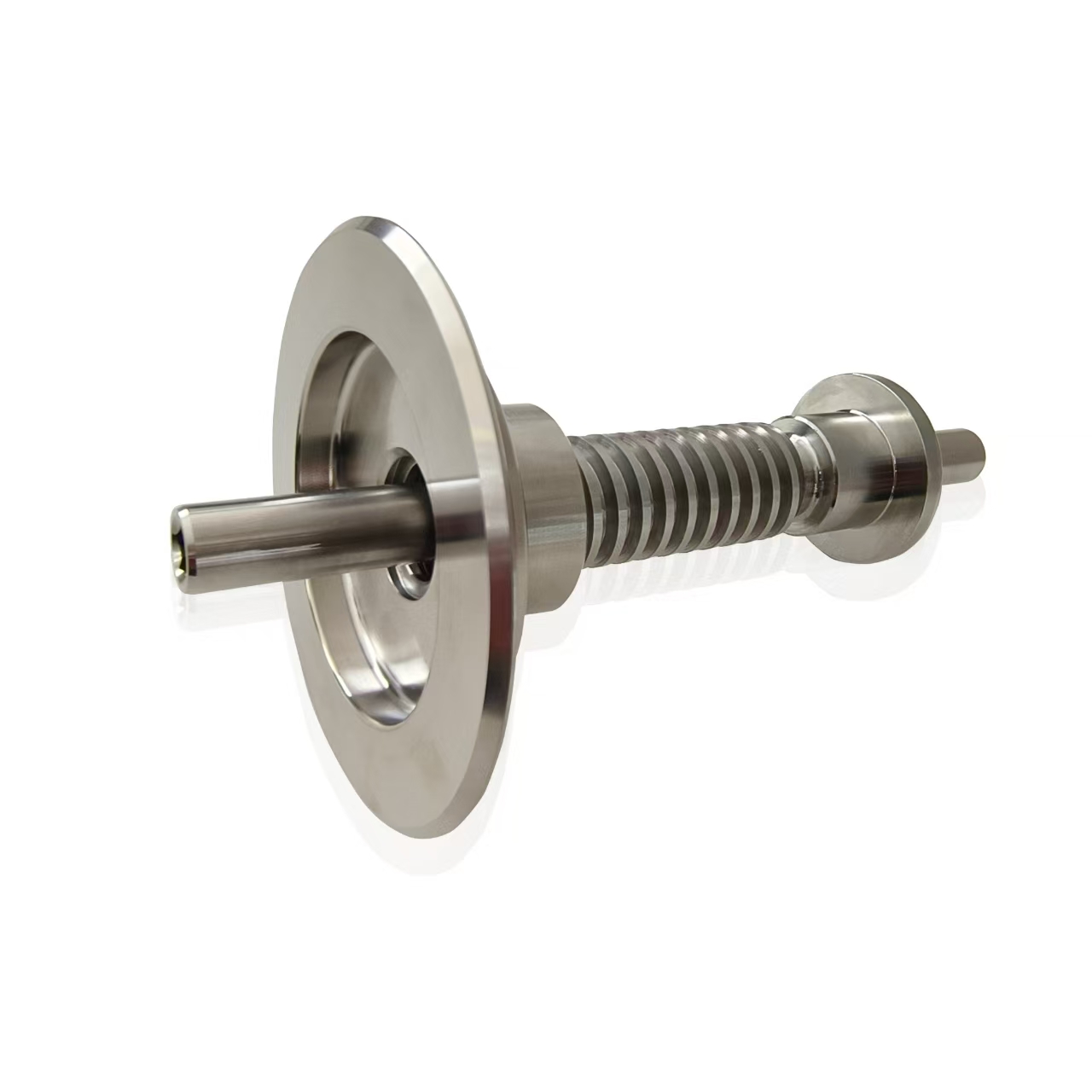What are the common signs that a fifth wheel locking bar may be malfunctioning or worn out?
 2024.09.23
2024.09.23
 Industry news
Industry news
The fifth wheel locking bar is a crucial component in the connection system of semitrailer tractors, ensuring that the trailer and tractor remain securely coupled during operation. As an essential part of the coupling mechanism, its performance directly impacts the safety and efficiency of transportation operations. Understanding the common signs of malfunction or wear in a fifth wheel locking bar is vital for maintaining the integrity of the connection and preventing potential accidents.
One of the primary indicators that a fifth wheel locking bar may be malfunctioning or worn out is difficulty in engaging or releasing the locking mechanism. When the trailer is backed onto the fifth wheel, the locking bar should automatically engage and securely trap the kingpin within the jaws of the fifth wheel. If the locking bar does not move smoothly or requires excessive force to engage, it could suggest that the bar or the associated mechanisms are experiencing issues. Similarly, if the bar does not release easily during decoupling, it may be a sign of internal wear or mechanical failure, necessitating immediate inspection and maintenance.

Another key sign of a malfunctioning fifth wheel locking bar is visible wear or damage to the bar itself or the surrounding components. Regular inspections should focus on the condition of the locking bar, checking for cracks, deformation, or excessive rust. High-strength alloy steel is typically used in the construction of these bars, but over time, exposure to harsh road conditions and environmental elements can lead to deterioration. Any noticeable changes in the appearance of the locking bar, such as pitting or significant corrosion, can compromise its structural integrity and effectiveness.
Inconsistent or unusual noises during coupling or uncoupling can also indicate problems with the locking bar. If operators hear grinding, clanking, or other abnormal sounds when the trailer is being coupled or uncoupled, this could point to issues with the locking mechanism. These noises often suggest that the locking bar or its components are misaligned or worn out, potentially affecting the secure connection between the tractor and trailer.
Additionally, operators should be alert to any changes in the feel of the locking mechanism. For instance, if the locking bar seems unusually loose or does not lock into place firmly, it might not be providing a secure connection. This can lead to unsafe driving conditions, as the trailer may not be adequately secured, increasing the risk of accidental uncoupling while on the road.
Regular maintenance and inspection are crucial in addressing these issues before they lead to more significant problems. Ensuring that the fifth wheel locking bar is in good condition not only enhances safety but also prolongs the lifespan of the component and reduces the likelihood of costly repairs. Operators should follow manufacturer recommendations for routine checks and be proactive in addressing any signs of wear or malfunction to maintain a reliable and secure connection between the tractor and trailer.




















